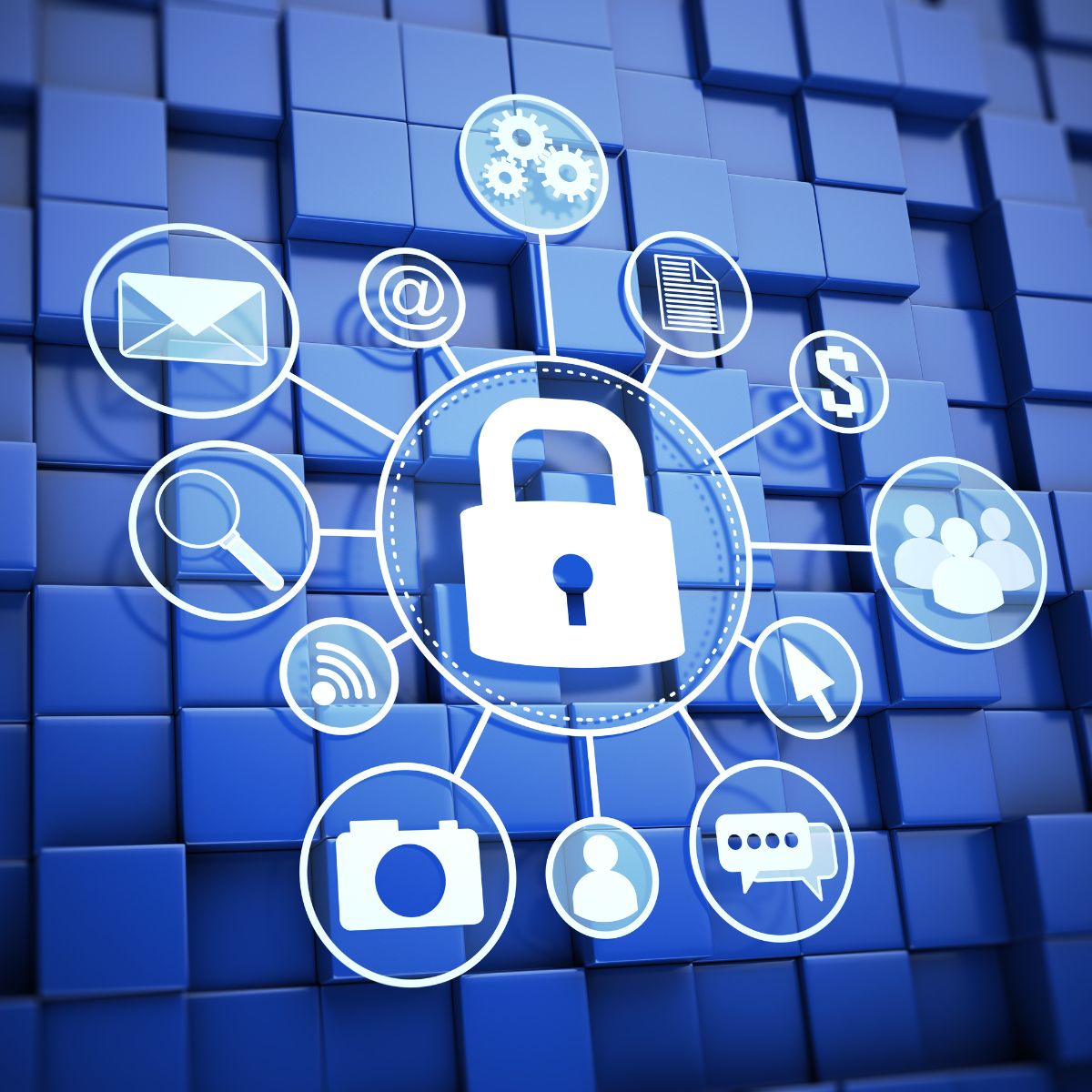
What is an indoor positioning system?
An indoor positioning system allows you to locate your personnel, clients, and assets in closed areas while assuring the highest level of security and helping companies to avoid hazardous and dangerous situations.
Indoor positioning systems are becoming increasingly popular for businesses, as better rates of accuracy can now be achieved in environments where satellite navigation fails. As technology continues to evolve, so too do the ways companies use it to benefit their operations and increase efficiency. In this article, we will take a closer look at what an indoor positioning system is and how it works, and how you should prepare for an indoor positioning system implementation. We’ll also discuss some different possibilities and ways to install the system in the most efficient way. So whether you’re completely new to indoor positioning or looking to take full advantage of all the possibilities it offers, read on to learn more about one of today’s most promising technologies!
How does an indoor positioning system work?
An indoor positioning system is one or a set of different technologies installed in closed areas that allows locating not only assets or people in fixed positions, but as well moving personnel or devices.
Indoor positioning systems can be implemented using 5 different technologies: WiFi, Bluetooth, DECT, GPS, and NFC Tags. Important to note: GPS is mostly used for outdoor positioning.
Indoor positioning systems using different signals emitted from the above-mentioned technologies are able to find and locate beacons, tags, smartphones, or other indoor positioning devices. This way you can locate any tracker, smartphone, or tag which is carried by the personnel or installed on a device.
An indoor positioning system allows you to assure the highest level of security for your people (perfect for lone-worker protection), increase business efficiency, reduce costs, and much more. Have a look at our article on indoor positioning benefits.
We have as well prepared an article for you about the pros and cons of different indoor positioning technologies: Indoor positioning technologies.
Indoor positioning system implementation
Before you want to install the indoor positioning system in your premises, you would have to consider a few things, so you are fully ready and the process of indoor positioning system implementation would be as smooth as possible.
We have prepared a full list of 15 aspects that are important before we can install a full-scale indoor positioning system.
- Floorplans/Indoor mapping. For the indoor positioning system to accurately locate your personnel or assets, we need to have all the drawings of your building: of all rooms and areas you want the system to work. The floorplans can be in PDF, DWG, or any other format.
- A number of buildings. It is important to know how many buildings you have on your premises. Is it one building or 15? The bigger the number, the more beacons, Wifi stations, and anything else will be needed.
- How many floor plans and provide plans for each floor? It is very important to know if different floors differ and we need to get as accurate floor plans for each floor as possible.
- Level of accuracy. This is one of the most important parts of your indoor positioning system. Do you need to know where a person is exactly in the room or simply the whole floor? This helps us to know which technology to use for your project. Bluetooth technology allows us to know where exactly in the room the person is, but Wifi or DECT technology is much better if you simply want to locate people in the whole floor or bigger open area. Please have a look at our project where we installed more than 1500 beacons and assured the highest possible accuracy: EPI Klinik.
- Define outdoor positioning needs. It is possible to combine outdoor and indoor positioning. You can not only locate people inside but people outside as well. That is a perfect solution for huge areas where people or assets constantly move between buildings. If you need outdoor positioning, you should provide a map with all the buildings in your area.
- What exactly do you want to position? Do you want to locate personnel, patients, devices, or anything else? For different situations, different solutions can be implemented. You should prepare a list of all personnel, patients, and devices you want to locate, so we would provide you with the most efficient technological solution.
- Existing infrastructure. Most companies already have Wifi stations or DECT antennas, which can already be helpful to install an indoor positioning system. We can not only use your existing infrastructure but combine it with newer technologies to assure the highest possible accuracy for you. Please have a look at our hybrid solution for indoor positioning at Zugersee Klinikum.
- What technology is the right one for you? Depending on the level of accuracy you need and your existing infrastructure, we can help you to choose the best indoor positioning system technology for you.
- What kind of operating system do you use on the phones? Smartphones are often used for indoor positioning and it is important what operating system you use in the company. Is it Android or iOS?Our MobiCall.App is perfect for both.
- What kind of tracker do you want to use on moving objects or personnel? Smartphones, tags, or trackers can be used for moving objects and personnel. If you want your personnel to be reactive, smartphones is the best solution, but if you just want to locate your staff – trackers or tags can be sufficient. Please read about our event triggers.
- What kind of other functions and features does the company need? Do you need an alerting system, vertical loss, silent alarms, or anything else? All can be implemented via MobiCall.App and you can not only locate your personnel but as well be reactive if a dangerous situation arises. Please have a look at our alarm solutions.
- Camera feed. Do you need not only to locate people or assets but as well get a live feed if a suspicious situation happens? If yes, we can easily combine the indoor positioning system with a camera feed.
- Water leaks, temperature changes, humidity, light, movement, etc. All of these sensors can be as well supervised and your security team will be warned immediately.
- Beacon installment plan. If you decide to implement the highest accuracy Bluetooth technology, we will need to install a lot of beacons which can be put on the walls, ceilings, or anywhere else you need it. Before installing an indoor positioning system we need to know where exactly the beacons will be situated so we can place them on your floor plans and locate personnel and objects in the most efficient way.
- Variations in accuracy. It is possible to have multiple levels of accuracy for each floor plan: some higher, some lower. If you need very high accuracy in some sensitive areas like laboratories, you may not need it in a relaxed area or cafeteria.
Conclusion
The implementation of an indoor positioning system has a lot of moving parts, so the preparation phase should be carefully planned, as it would help to avoid mistakes, reinstallments, and other costly situations.
To ease up the process, take into consideration the most important points: the existing infrastructure in your company, all floor plans, the level of accuracy, and other features you would like to have.
We are happy to help you all the way during this process to implement the most efficient indoor positioning system benefitting your safety and business.







